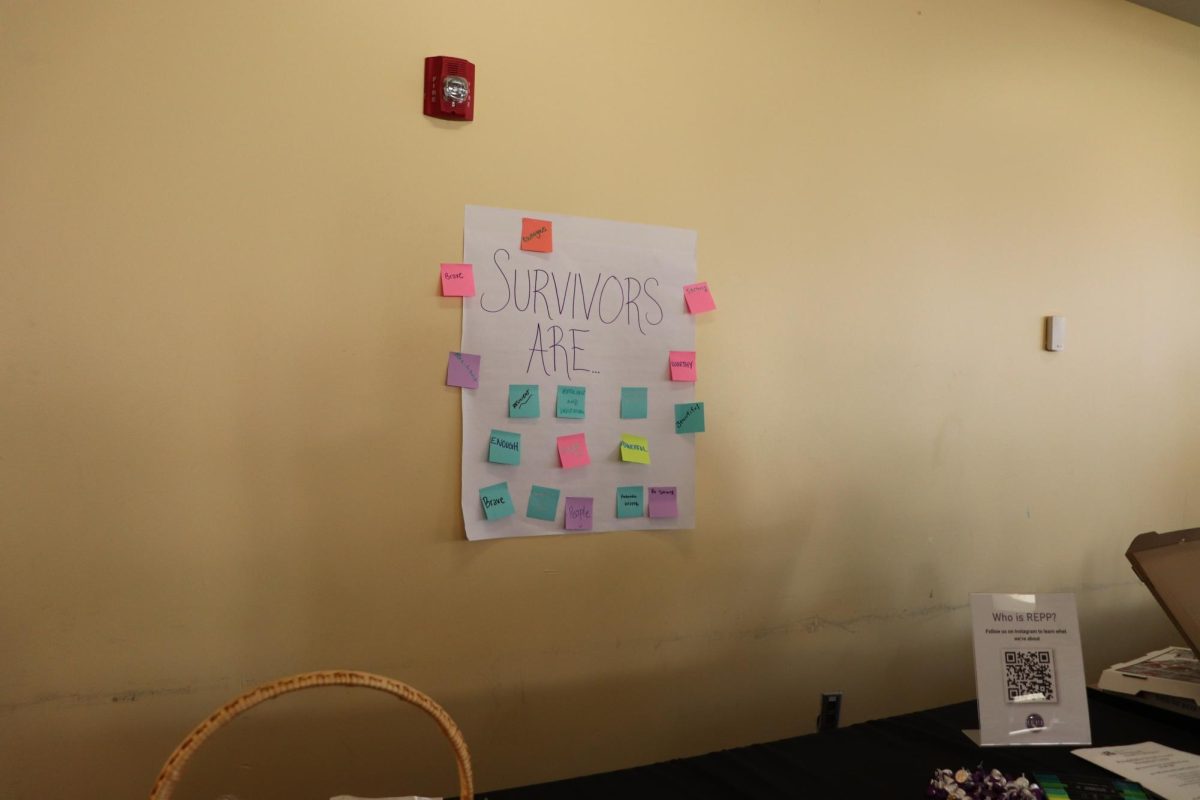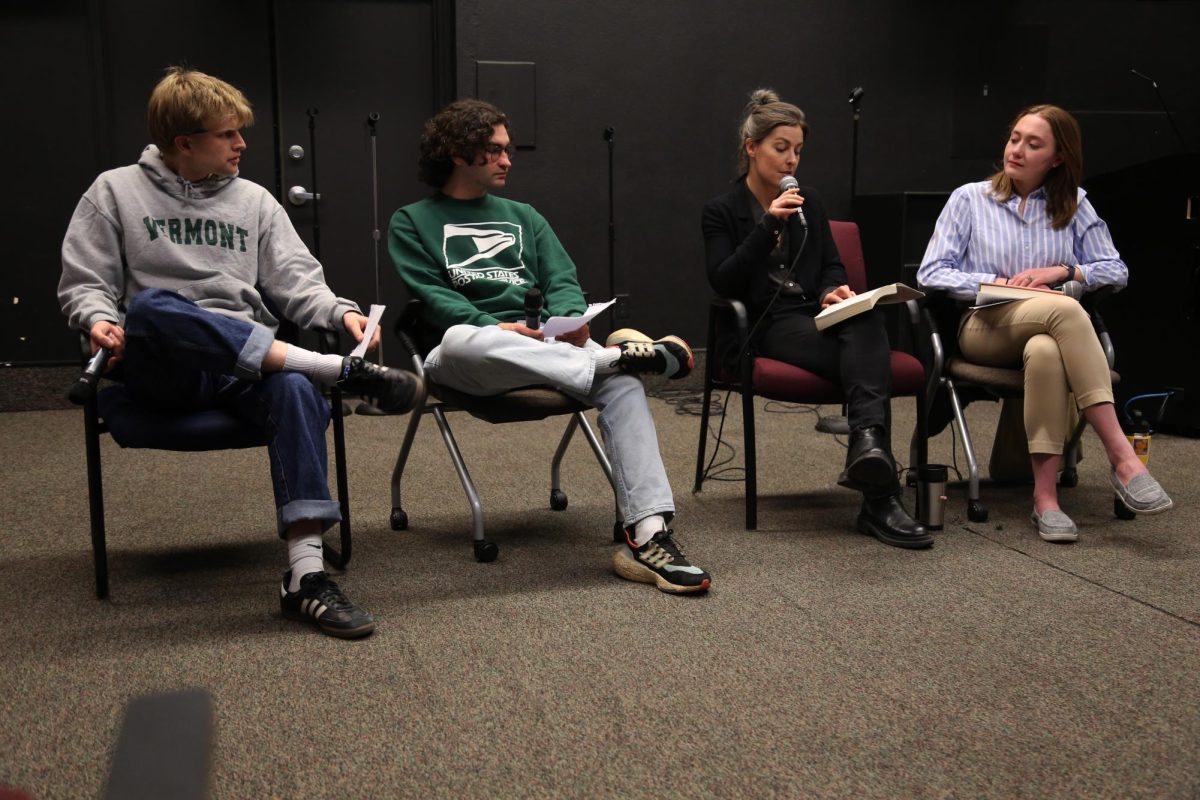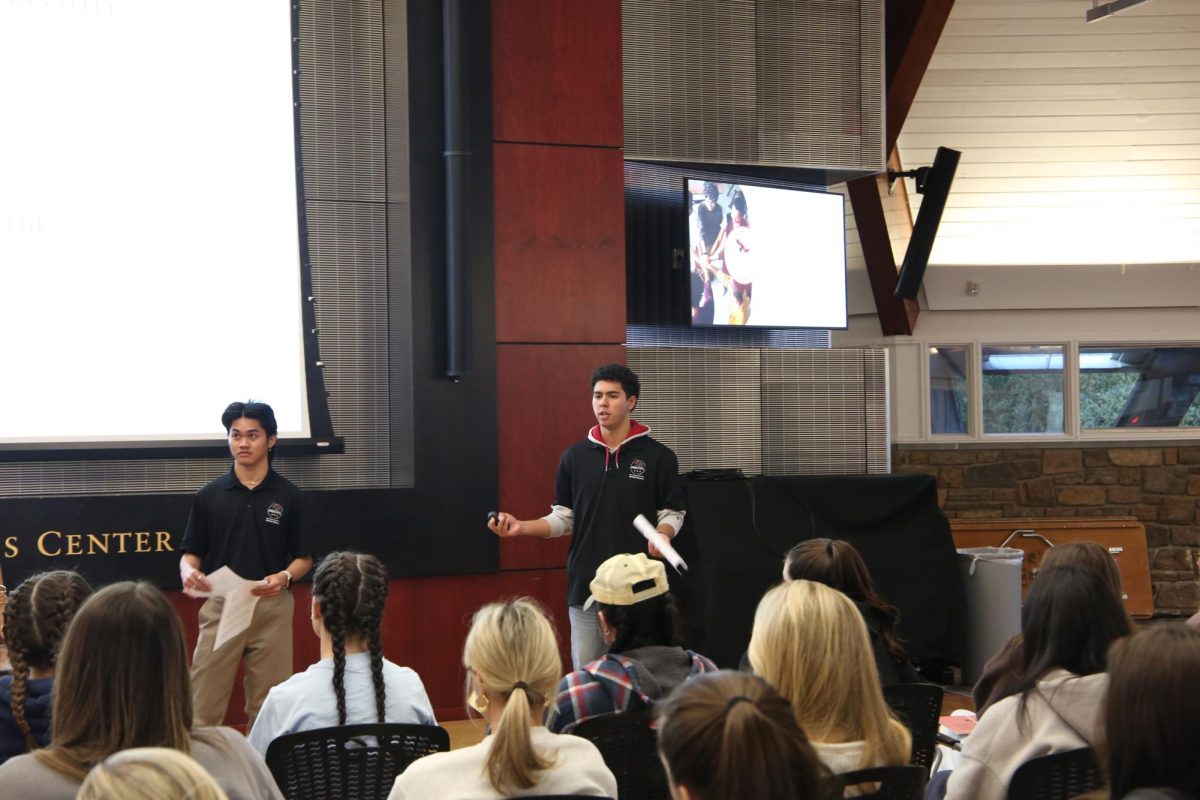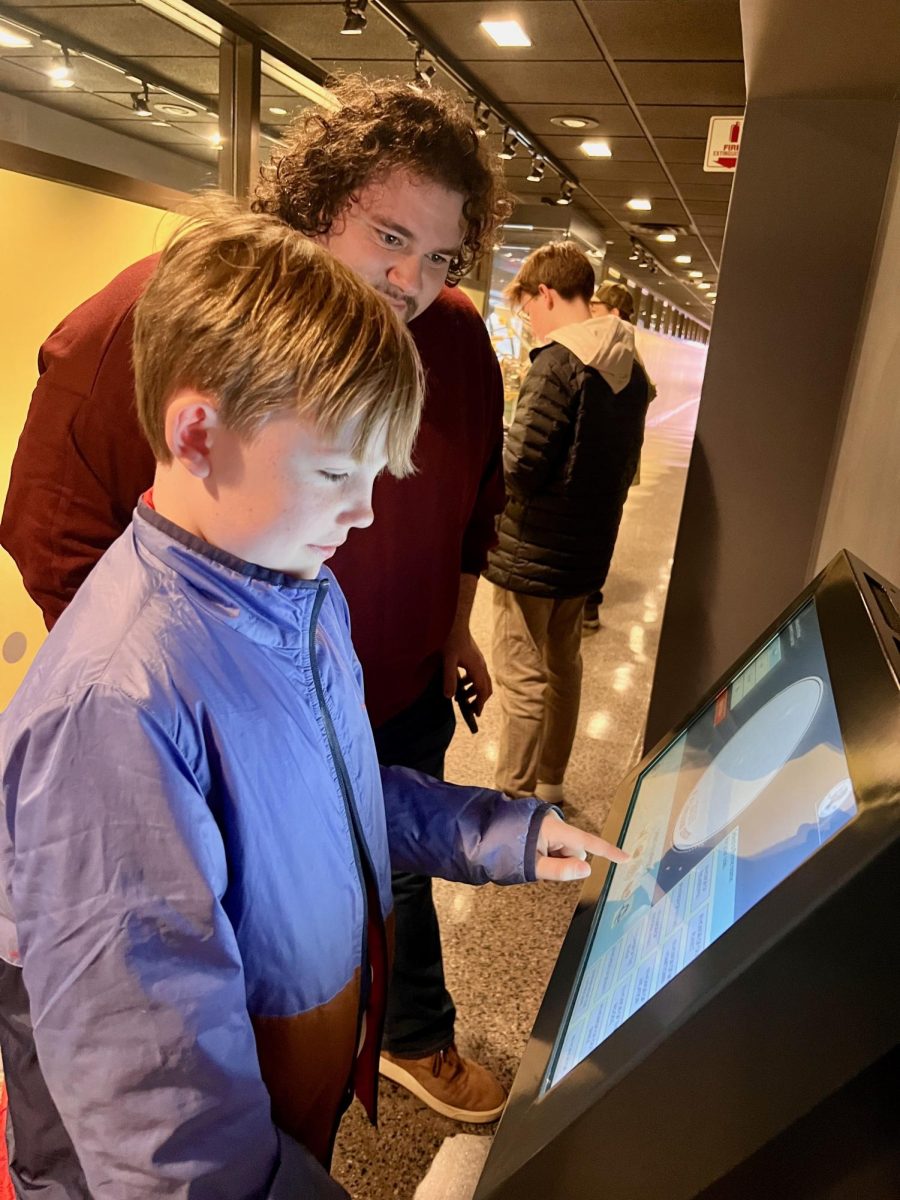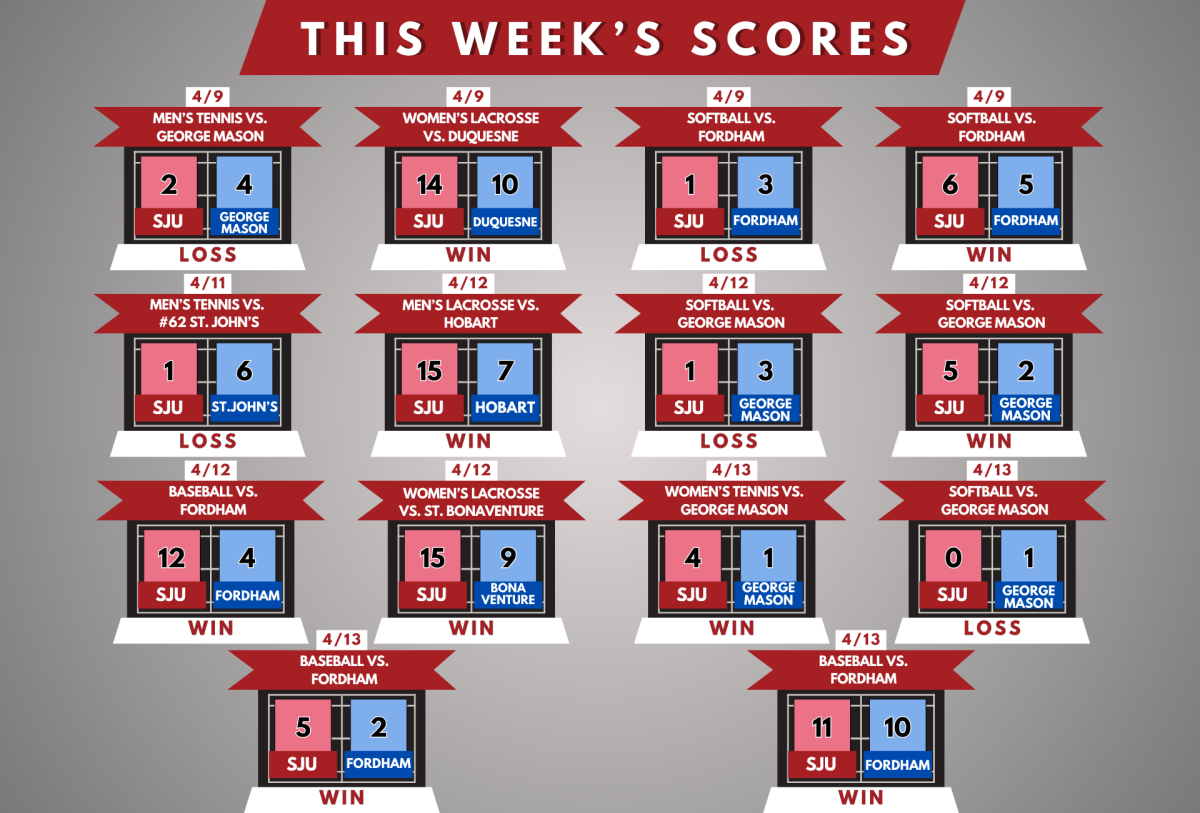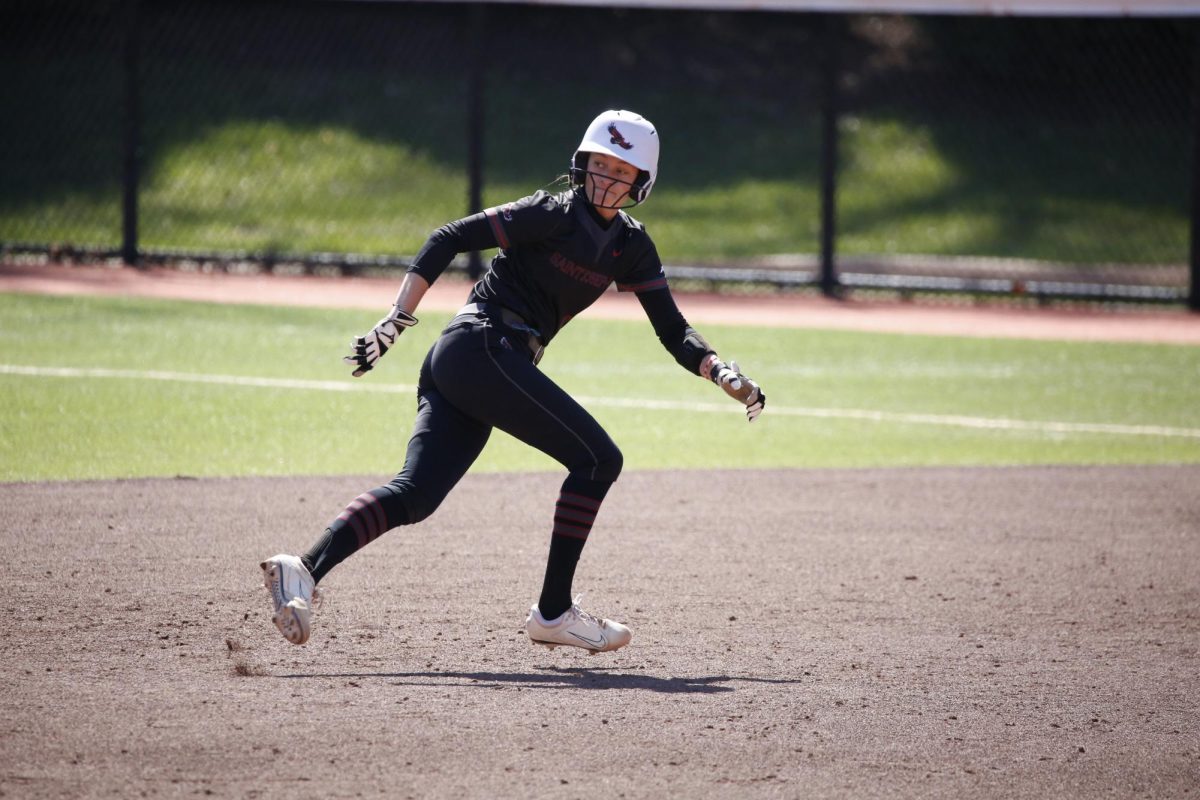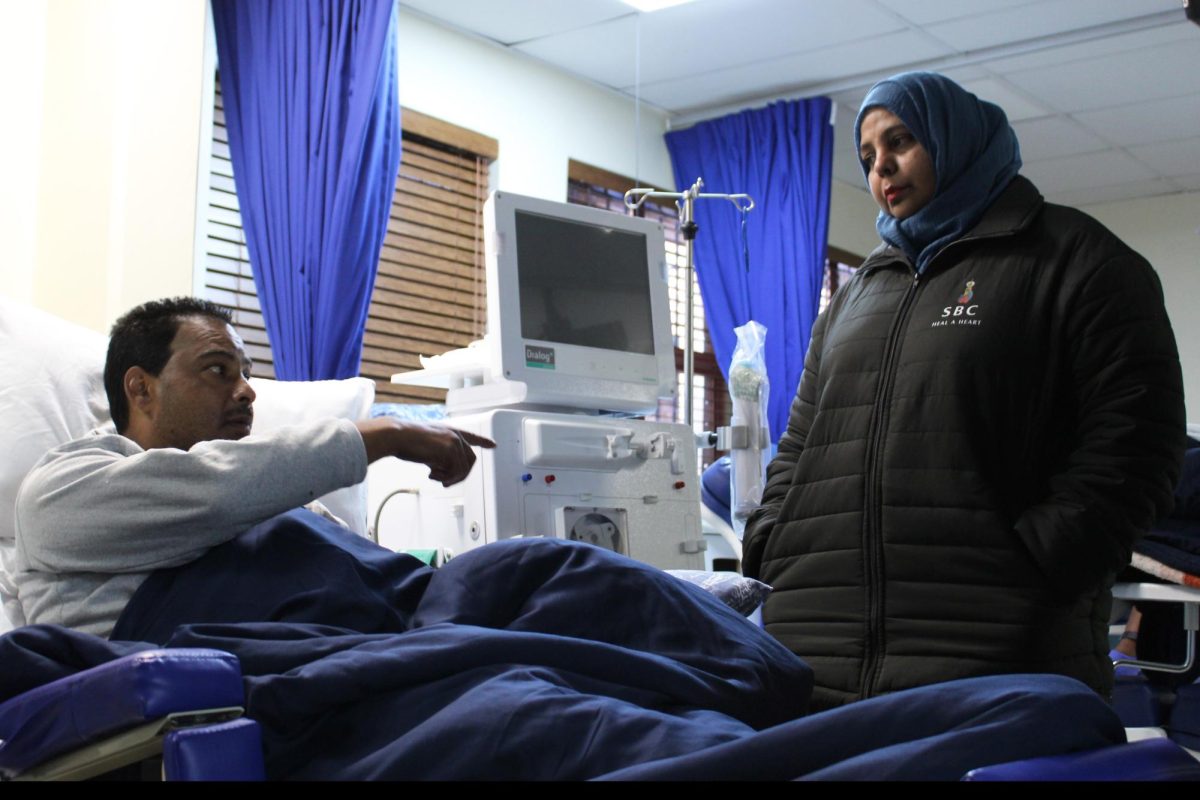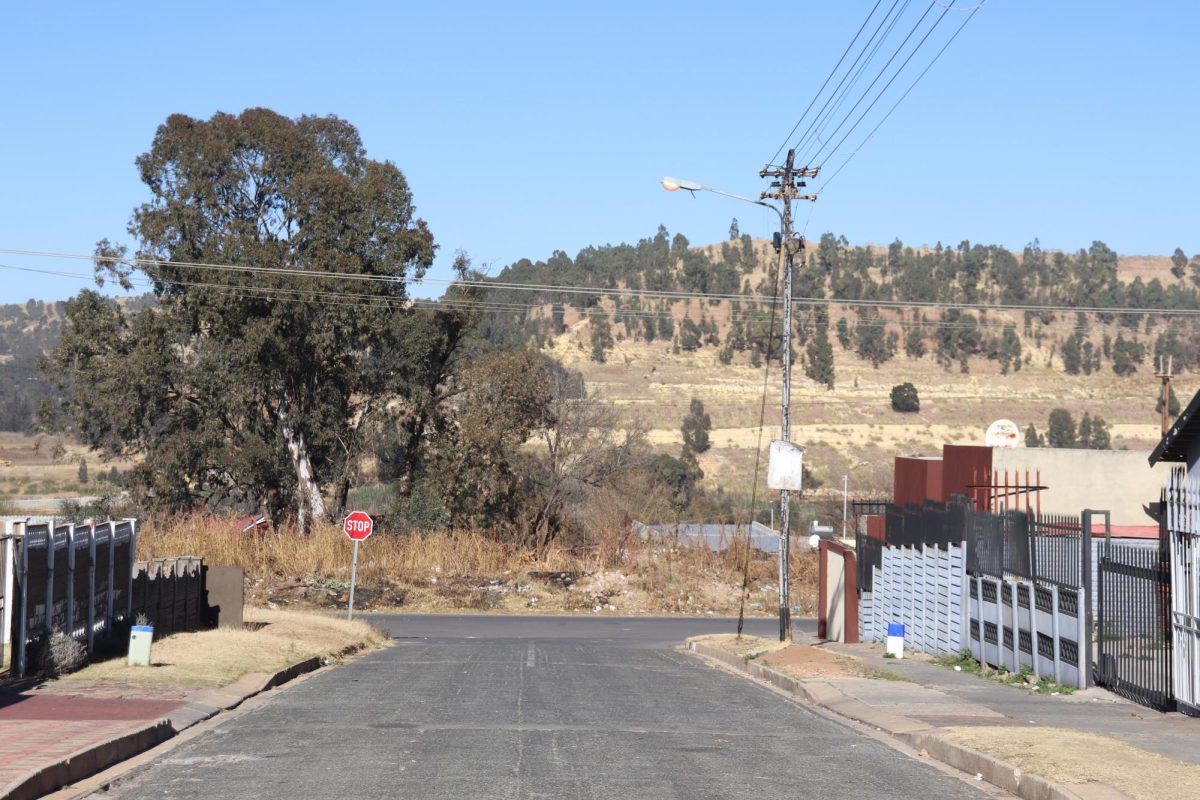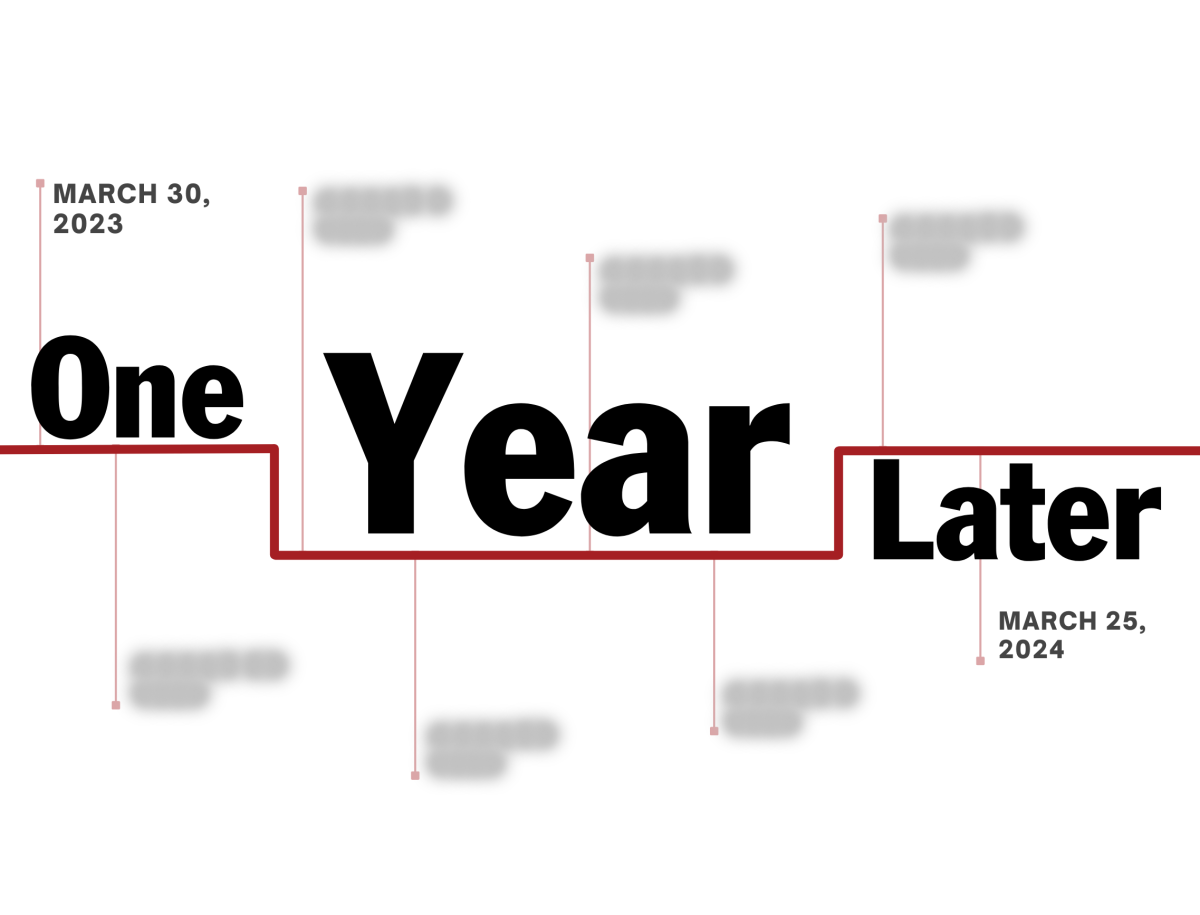In the year since a false report of an active shooter terrified members of the St. Joe’s community, university officials said they have begun to take steps to improve the university’s emergency protocols.
St. Joe’s initial response to the incident drew widespread criticism for its poor communication.
At 2:42 p.m. on March 30, 2023, the Office of Public Safety & Security received a false report of an active shooter in the Francis A. Drexel Library. The university did not send out an SJUSafe alert to the St. Joe’s community until 3:09 p.m.
In the meantime, St. Joe’s community members panicked. Students in the library barricaded themselves in study rooms and hid in bathroom stalls, sending confused texts to friends and loved ones. Faculty and staff in the library used emergency skills they had been taught, shutting themselves and students in offices and hiding under desks.
The 27 minutes between the off-campus call reporting a threat to Public Safety and the SJUSafe alert sent to the St. Joe’s community was due to a “gap in our protocol,” Ross Radish, J.D., vice president of Student Life and dean of students, wrote in a March 31, 2023 email to the St. Joe’s community. “That is unacceptable, and we are taking steps to eliminate that gap.”
The steps listed in Radish’s March 31, 2023 email included reviewing emergency exits and protocols, testing SJUSafe’s Emergency Notification System (ENS) — which took place April 28, 2023 and Sept. 15, 2023 — and “adding a false report scenario to our previously planned active shooter drill this summer.”
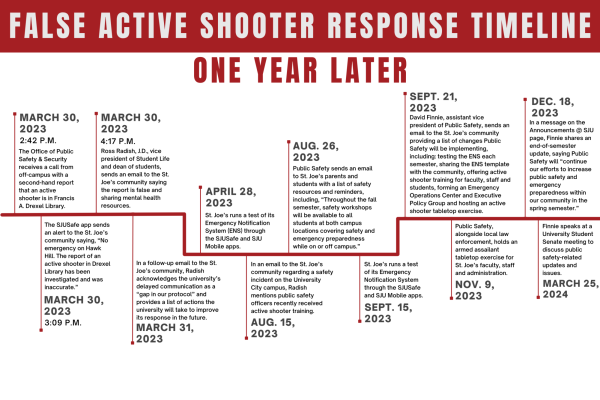
Closing the gap
The added scenario and drill never happened. Instead, in fall 2023, the university held a morning-long tabletop exercise, which allows participants to discuss and plan their responses to a simulated emergency situation, wrote Kevin Gfeller ’20, assistant director of public relations, in response to written questions from The Hawk.
The exercise was done “in collaboration with local and state emergency responders,” and “specifically focused on responding to an active assailant on campus,” Gfeller wrote.
In a Dec. 18, 2023 announcement to the St. Joe’s community, David Finnie, assistant vice president of Public Safety, who was not part of the Office of Public Safety at the time of the false active shooter incident, said Public Safety would be “offering more training opportunities for faculty, staff and students to better understand what action to take during an active threat” as well as “hosting a Cyber Threat Tabletop Exercise in spring.” Neither has occurred yet.
When asked to clarify changes made to emergency response policies and procedures, both Radish and Finnie said the university will now send out ENS notifications as soon as it is notified of a potential threat.
“This means that sometimes, in an abundance of caution, the university may send out an alert that may later be found to not be valid,” Radish and Finnie wrote in separate but identical responses to The Hawk.
Additionally, St. Joe’s will be “enhancing [its] emergency preparedness plan for all campus locations” and conducting more tests and tabletop exercises, Radish wrote.
Finnie also wrote in response to The Hawk that “Public Safety staff is increasing active shooter training for its staff and is updating the university’s Emergency and Crisis Management Plan.”
Area universities face ‘swatting’ calls
False reports of violence or a threat of violence are known as “swatting” calls, and they can happen to both institutions like St. Joe’s and to individuals. The main goal of swatting calls is to draw a large law enforcement presence, potentially including a SWAT team, to a non-emergency location.
Colleges and universities across the country have been faced with swatting calls in recent years, and in spring 2023, many other schools in Pennsylvania and New Jersey were swatted, including the University of Pittsburgh, Lehigh University, Rider University and Rutgers University.
Lehigh, located just over an hour from Hawk Hill in Bethlehem, Pennsylvania, was swatted with a false active shooter threat May 7, 2023. The Bethlehem Police Department “responded in significant force” and, alongside the Lehigh University Police Department (LUPD), sent “every available resource they had,” said Jason Schiffer, Lehigh’s assistant vice president of campus safety and chief of the LUPD.
The Lehigh campus community received five total alerts over the course of the incident, spanning from 9:43 p.m. to 10:51 p.m., with the first alert being sent out minutes after the LUPD was notified of a potential threat. The alerts called for students to shelter in place and included instructions for the Run-Hide-Fight protocol, which advises those in an active shooter situation to run if possible, hide if they cannot get away and fight if they have no other options.
While the LUPD’s communication was swift and informative, Schiffer said incidents like this reveal areas for improvement.
“It’s always important for everybody to do an after-action review and critically analyze how everything happened,” Schiffer said. “Be critical of yourselves, your department and everything, and it’s like, ‘How could we do this better?’ And then learn from that.”
A ‘more robust’ response
Lehigh and other nearby universities have responded to their own swatting incidents by improving their ENS systems and making concrete changes to their protocols, training services and safety devices.
Schiffer said the LUPD developed “more robust training” related to the Run-Hide-Fight protocol, is working to improve the clarity of HawkWatch alerts and is preparing to install emergency locks on doors across campus that do not already have locks. The LUPD also offers a free active shooter training program, which is available upon request for students, faculty and staff and guides participants through the many aspects of responding to an active shooter.
Rider University’s Department of Public Safety also provides an active shooter training presentation upon request. After a false active shooter threat April 3, 2023, and student-led movements calling for better emergency preparation, Rider created a Campus Safety Preparedness Committee, held multiple training sessions and installed more security cameras across campus.
On April 10, 2023, the University of Pittsburgh received a false active shooter swatting call and, like St. Joe’s, faced criticism for its delay in notifying students. Pitt has since installed panic buttons in many classrooms which will lock the classroom door when pressed, and now automatically opts students in to receive ENS alerts.
‘Let people know what to do’
At St. Joe’s, a downloadable document, “Active Shooter Safety Guidelines,” on the Public Safety website provides an explanation of the Run-Hide-Fight protocol. It also directs students to two videos on Public Safety’s website: “Shots Fired: When Lightning Strikes,” which focuses on active shooter situations in the workplace, and an on-campus student edition of the same video. The videos are both over a decade old, from 2007 and 2012, respectively.
A major problem with false and real active shooter situations is there are often no practice drills for those who may be involved, said Lauren Shapiro, associate professor of security, fire and emergency at John Jay College of Criminal Justice in New York, who has written about cybercrimes and swatting. That is the case at St. Joe’s, where there are no on-campus active shooter drills offered to students.
“I definitely recommend they would have the practice sessions, just to let people know what to do,” Shapiro said. “Just like when you were a kid, you had to do fire [drills], and now you hear the fire [alarm], it’s automatic, you know what to do.”
Baylee Fingerhut ’26, chair of Public Safety on the University Student Senate, said a week following the false active shooter incident, she met with Mark Lemon, then associate director of Public Safety, along with Alec Mettin, now president of Student Senate, to talk “about things that we wanted to be different.”
“After the incident, we did go in with a list of concerns and things that we wanted to see differently,” Fingerhut said.
Fingerhut said she wishes more had happened in the months since.
“I don’t think they’re doing a bad job, but I think they definitely are going through a transition right now,” Fingerhut said. “And I wish they were communicating it a little bit more to students.”
Vincent Kornacki ’25 contributed to this story.


